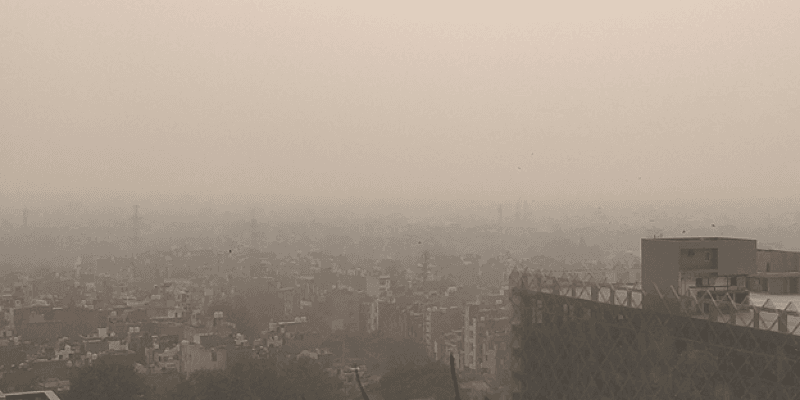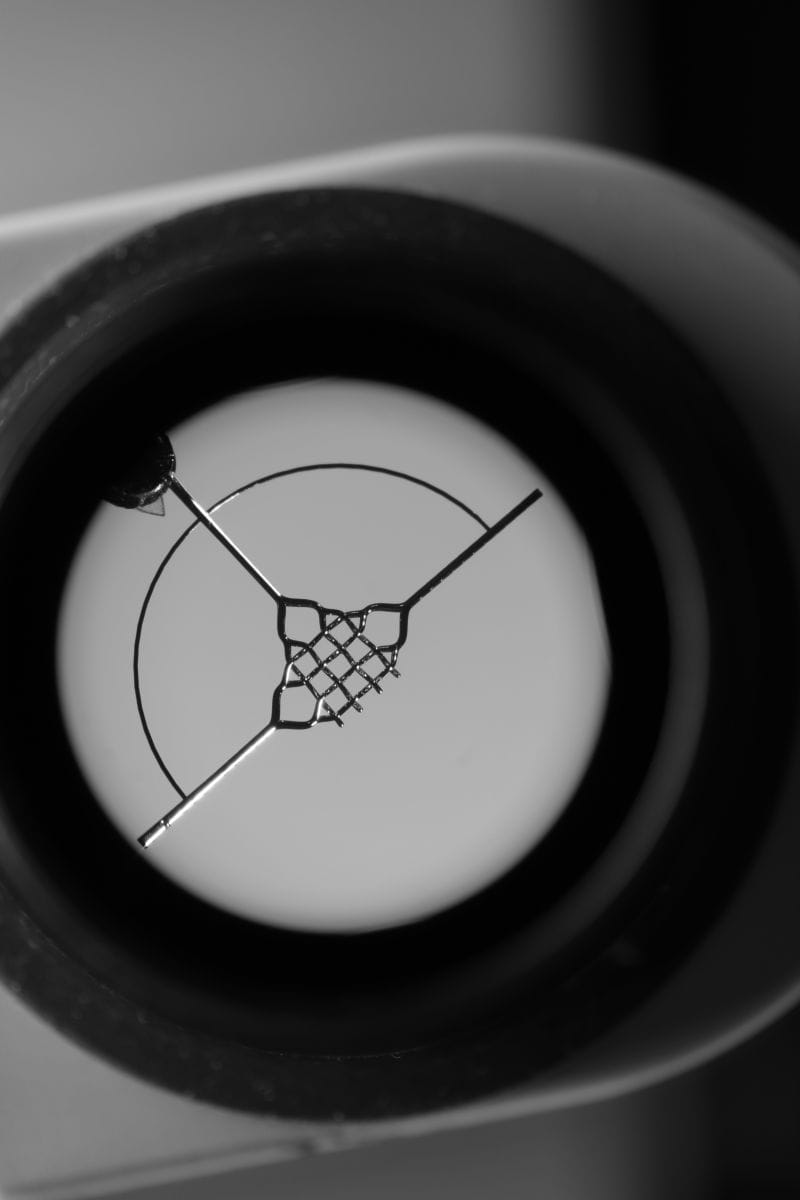RSS feed source: National Science Foundation
Supported by multiple grants from the U.S. National Science Foundation, researchers have comprehensively characterized the properties of a unique type of skeletal tissue with the potential for advancing tissue engineering and regenerative medicine. The tissue, called “lipocartilage,” is packed with fat-filled cells that provide stable internal support so the tissue remains soft and springy like bubbled packaging material.
The fat-filled cells in lipocartilage are called “lipochondrocytes,” which were first recognized in 1854 by Franz Leydig. The tissue is unlike most other types of cartilage, which rely on an external cellular matrix for strength. Led by the University of California, Irvine, the research team showed how lipocartilage cells create and maintain their own lipid reservoirs, remaining constant in size. Unlike other fat cells, lipochondrocytes never shrink or expand in response to food availability. The study was published in Science.
“Lipocartilage’s resilience and stability provide a compliant, elastic quality that’s perfect for flexible body parts such as earlobes or the tip of the nose, opening exciting possibilities in regenerative medicine and tissue engineering, particularly for facial defects or injuries,” says Maksim Plikus, a UC Irvine professor and author on the paper.
“Currently, cartilage reconstruction often requires harvesting tissue from the patient’s rib — a painful and invasive procedure. In the future, patient-specific lipochondrocytes could be derived from stem cells, purified and used to manufacture living cartilage tailored to
Click this link to continue reading the article on the source website.


